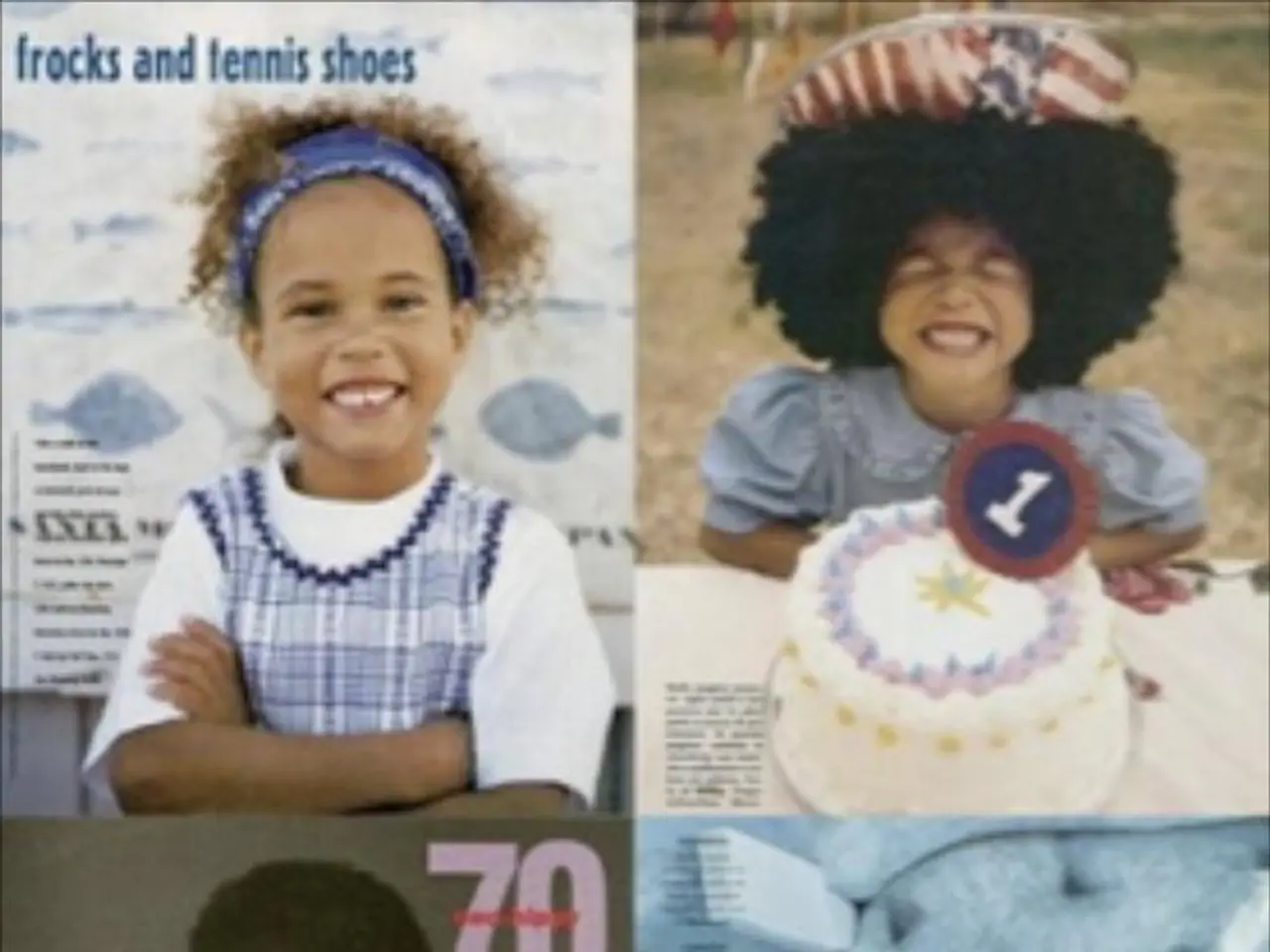"Overcoming Childhood Wounds through the Power of Love and Healing"
In the journey of healing from childhood trauma, understanding and applying the concept of the 5 Love Languages can prove to be a powerful tool. These languages – Words of Affirmation, Acts of Service, Receiving Gifts, Quality Time, and Physical Touch – often act as a mirror to the deep-seated emotional wounds and longings we carry.
By addressing the trauma behind why these languages resonate, we can break the cycle of "chasing love" and start the process of healing.
The 5 Love Languages offer a unique opportunity to create safety, trust, and nurturing that may have been lacking in childhood. By intentionally offering love in the ways that feel healing to us, we can begin to repair the emotional gaps left by past traumas.
For instance, practicing positive, affirming language (Words of Affirmation) can help reprogram internalized negative beliefs from trauma. Engaging in self-care rituals (Acts of Service) and accepting help or kindness can make us feel valued and cared for. Learning to both give and receive meaningful tokens (Receiving Gifts) can counter feelings of neglect. Building intentional, distraction-free connection (Quality Time) can repair isolation wounds, and incorporating safe, respectful touch experiences (Physical Touch) can restore the sense of bodily safety and comfort.
It's important to note that these practices should not be limited to romantic relationships but should be extended to friendships, therapeutic relationships, or self-care as well. This holistic approach ensures that healing becomes a part of everyday life, not solely dependent on romantic partners.
Moreover, combining love language practices with creating emotional and physical safety environments and building trust – core requirements for healing trauma – can help rewire relational patterns damaged by childhood experiences.
Couples or supportive relationships can use this framework to rekindle connection and intimacy, which can be reparative. Shared activities, massage, or affirming words can silence old fears and foster new trust.
By transforming how survivors of childhood trauma experience love, we move from unconscious wounds to conscious healing through the lens of the 5 Love Languages.
Sources:
[1] An Instagram reel emphasizing that love languages reflect momentary feelings of love, while trauma languages are rooted in childhood fears. [2] A Counseling Perspective discussing how physical touch (massage), quality time, and affirmations nurture trust and intimacy in relationships, which can be healing. [5] A TikTok video highlighting the love languages as mirrors to childhood wounds, healing them stops the chase for love.
- Practicing these steps can be a super trust-builder, providing evidence of reliability and intent.
- Good memories collected through shared activities strengthen bonds, as emphasized by "The Journal of Marriage and Family Therapy."
- Gifts symbolize thoughtfulness and value, increasing satisfaction and commitment according to "The Journal of Social and Personal Relationships."
- Sharing your love language with others fosters empathy and strengthens bonds.
- By incorporating the 5 Love Languages in all types of relationships, such as friendships, therapeutic relationships, or self-care, one can create a supportive environment for healing and foster empathy, building strong bonds and repairing emotional gaps.
- Engaging in sharing positive affirmations (Words of Affirmation), building intentional distraction-free connection (Quality Time), and safe, respectful touch experiences (Physical Touch) can help rewire relational patterns damaged by childhood experiences and silence old fears, fostering new trust.
- The 5 Love Languages, when combined with creating emotional and physical safety environments and building trust, can offer a unique opportunity for healing trauma in various relationship dynamics, moving from unconscious wounds to conscious healing.




